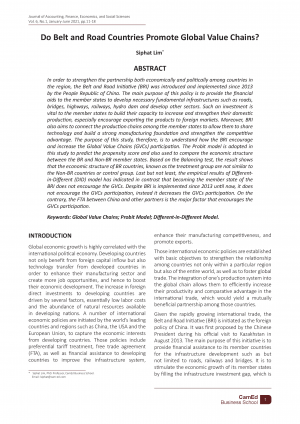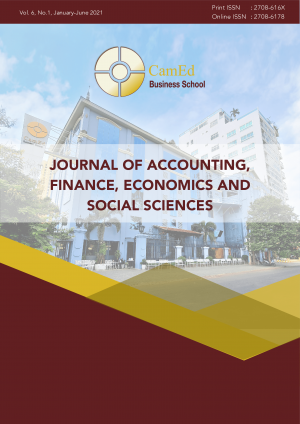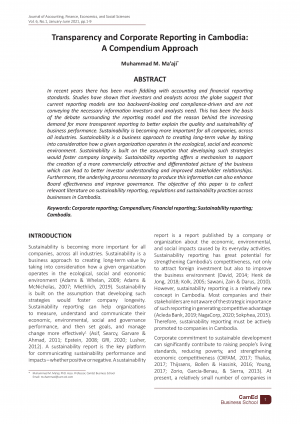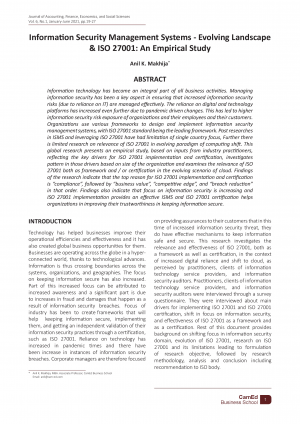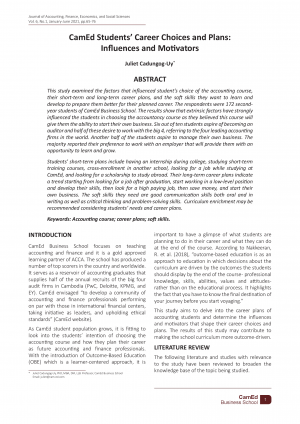Do Belt and Road Countries Promote Global Value Chains?
For read a book, Please sign into your account.
loginABSTRACT
In order to strengthen the partnership both economically and politically among countries in the region, the Belt and Road Initiative (BRI) was introduced and implemented since 2013 by the People Republic of China. The main purpose of this policy is to provide the financial aids to the member states to develop necessary fundamental infrastructures such as roads, bridges, highways, railways, hydro dam and develop other sectors. Such an investment is vital to the member states to build their capacity to increase and strengthen their domestic production, especially encourage exporting the products to foreign markets. Moreover, BRI also aims to connect the production chains among the member states to allow them to share technology and build a strong manufacturing foundation and strengthen the competitive advantage. The purpose of this study, therefore, is to understand how the BRI encourage and increase the Global Value Chains (GVCs) participation. The Probit model is adopted in this study to predict the propensity score and also used to compare the economic structure between the BR and Non-BR member states. Based on the Balancing test, the result shows that the economic structure of BR countries, known as the treatment group are not similar to the Non-BR countries or control group. Last but not least, the empirical results of Different[1]in-Different (DID) model has indicated in contrast that becoming the member state of the BRI does not encourage the GVCs. Despite BRI is implemented since 2013 until now, it does not encourage the GVCs participation, instead it decreases the GVCs participation. On the contrary, the FTA between China and other partners is the major factor that encourages the GVCs participation.
Keywords: Global Value Chains; Probit Model; Different-in-Different Model

